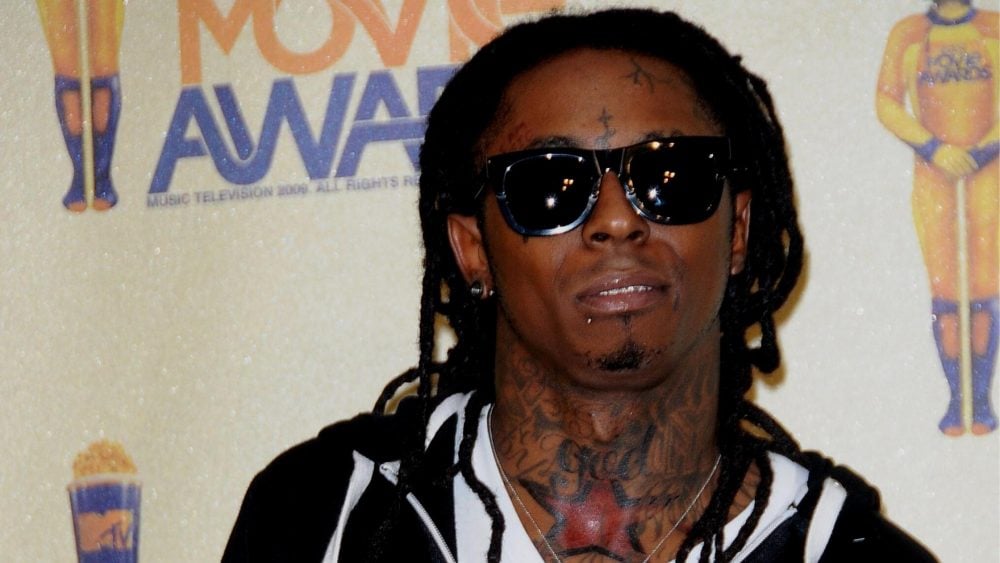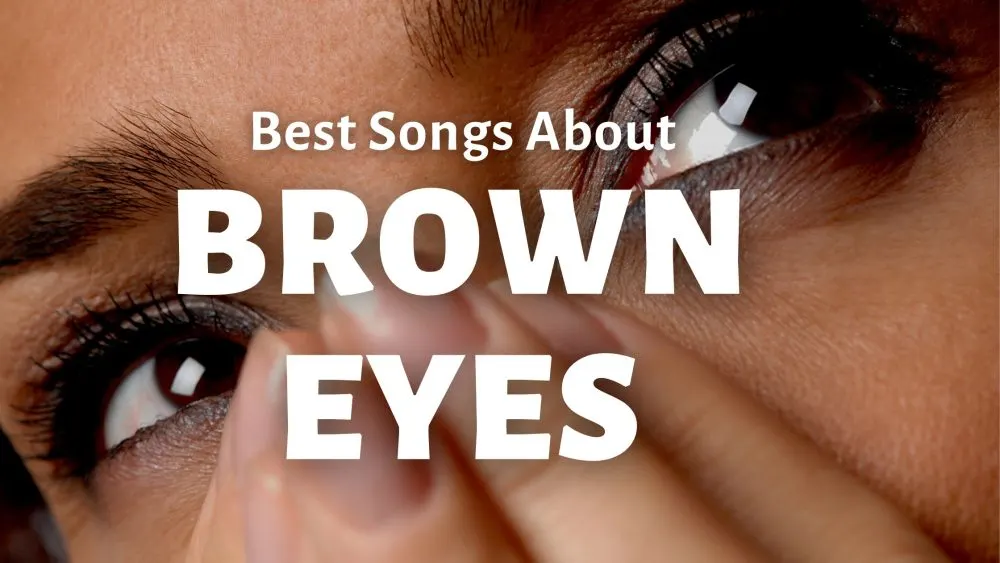Frank Sinatra is one of the most famous musicians worldwide. With more than 150 million record sales worldwide, everyone’s heard of this talented musician at least once in their life.
As one of the most popular singers/songwriters of the 1940s, 1950s, and 1960s, there are dozens of beautiful songs from Frank Sinatra.
It’s hard to choose the best or even a handful of the best songs from Frank Sinatra since they’re all wonderful in their own ways. If we had to narrow it down, here are 21 of Frank Sinatra’s best songs.
“The Way You Look Tonight”
Arguably one of the best and most famous Frank Sinatra jazz songs is “The Way You Look Tonight.” This is a wholesome song that features several jazz musicians singing about how nothing compares to how the one they love looks that night.
The 1964 version of the song is one of our favorites because it has a full orchestra to accompany Sinatra’s beautiful voice. It’s no surprise this is one of Frank Sinatra’s number 1 hits. To this day, it’s still one of the most popular wedding songs.
“I’ll Never Smile Again”
Another one of the best Frank Sinatra jazz songs is “I’ll Never Smile Again.” He grew up idolizing jazz singers like Bing Crosby, so it’s no surprise that he took inspiration from him and others for much of his music.
This jazz song was a massive hit with backup vocals by the Pied Pipers. The lyrics tell the story of someone so in love with someone that they’ll never smile or laugh again unless it’s at or with the one they love.
“I Get a Kick Out of You”
This Frank Sinatra song helped mark a new era for the longtime singer. After signing with Capitol Records, one of the singer’s most famous songs was released, “I Get a Kick Out Of You.”
The song is a love story to someone showing how champagne and other vices no longer give him a kick. The only rush he gets is from the one he loves.
“High Hopes”
You might have heard “High Hopes” in the movie A Hole In The Head. Frank Sinatra recorded the song in 1959 after it appeared in the movie and was a big hit. The fact it was featured in a film is one of the reasons it makes it into the top ten Frank Sinatra songs.
This song was one of several that helped Frank Sinatra reach a mainstream audience rather than just his jazz fans.
“One for My Baby (and One More for the Road)”
Frank Sinatra recorded “One For My Baby” more than once. He initially did it in 1947 and then again in 1954, but it was in 1958 that he perfected the song.
The way he nailed the song in 1958 is what led this song to become a staple at almost all his live shows.
The song tells a story about a man sitting at a bar, revealing all his woes to the bartender. The title of the music and main lyrics talk about one drink for his baby and then one to have before he goes.
“I Get Along Without You Very Well”
This easy-listening song is an excellent ballad from Frank Sinatra. The lyrics are based on a Jane Brown Thompson poem, and the poem is rather heartbreaking. The lyrics in the song talk about how someone gets along fine without someone.
That is until something as simple as rain-falling reminds them of the other person, and they remember how much they love the other. Even though Frank Sinatra didn’t write the lyrics, his performance made the song all his own.
“Night and Day”
Sinatra dabbled in jazz, swing, and pop music throughout his career, and “Night and Day” is a great song that showcases his attempt at swing music. The piece features plenty of brass instruments and a subtle swinging, rhythmic pattern.
The lyrics tell a story about how regardless of the time or day, there’s only one person the singer loves. They only think about one person, and nothing will change that.
“Saturday Night (Is the Loneliest Night of the Week)”
While “Saturday Night” isn’t our favorite song, leaving it off our Frank Sinatra songs list would be a disservice. Originally this song was written in 1944, but it didn’t land on one of his albums until 1960.
This sad Frank Sinatra song is all about a girl who’s home alone on Saturday night because her partner is in the military overseas. While she’s okay being alone on other nights, like Sunday when her friends are over, Saturday is the hardest and when she feels the most lonely.
“Strangers in the Night”
We all change throughout the years, so it’s no surprise that Frank Sinatra’s sound changed. While people generally associate him with a jazz aesthetic, by the late 1960s, he was leaning more toward contemporary pop music.
The song is about strangers’ eyes meeting in the night and wondering what could happen if they were to meet. This song won several Grammys and was the title of his most successful album at the time.
“Love and Marriage”
“Love and Marriage” wasn’t originally a Sinatra song, but when he put his spin on the beautiful piece in 1955, it was hard not to associate this song with Frank Sinatra. The song is a lovely masterpiece of how well love and marriage go hand in hand.
The song is a classic at weddings and other events, all about love, and even though he recorded it over half a decade ago, it’s still a widely popular song that’s still heard today.
“Fly Me To The Moon”
In this upbeat jazz track, Sinatra describes a carefree, playful kind of love that feels like freewheeling through outer space. He begs the object of his affections to return his love so that they can fly to the moon together on the euphoric feeling.
“Fly Me To The Moon” was first written by Bart Howard in 1954 as “In Other Words”. It wasn’t until ten years that Sinatra recorded his version. Although Sinatra’s version of “Fly Me To The Moon” was never considered a huge hit, it has come to be recognised as the definitive version of the song.
“My Way”
Sinatra’s beloved ballad about following your own path and taking stock of your life is considered one of his defining tracks, as well as one of his best vocal performances. Speaking as someone looking back over the life they’ve lived, he takes comfort in the fact that he has always done life “my way”.
“My Way” started life as a French song called “Comme D’Habitute” or “As Usual”. It paints a very different picture of a man living out the end of his marriage after the love they once knew was killed by everyday boredoms. Paul Anka rewrote the song, changing its meaning for Sinatra and turning it into the inspiring and moving track we know today.
“I’ve Got You Under My Skin”
Sinatra sings about a relationship he just can’t seem to shake in this romantic track. The person he loves has become a part of him, despite his efforts not to give in to the feeling. After ceasing to resist, he decides to embrace the feeling of being completely connected to this person. “I’ve Got You Under My Skin” was originally written for the musical Born To Dance, but became a regular feature on Sinatra’s setlist in the 60s.
“Come Fly With Me”
“Come Fly With Me” sees Sinatra issuing a plea to the listener to take an exotic trip with him. From Bombay to Peru, he’s ready to jet off to just about any exotic location. Written for Sinatra by songwriters Jimmy Van Heusen and Sammy Cahn, the song was supposed to play into Sinatra’s image as a jet-setting man of the world. Inspired by the national mood in America at the time, the song celebrates the freedom and good feeling in a post-World War II world.
“In The Wee Small Hours Of The Morning”
This mournful ballad sees a lovesick Sinatra up in the middle of the night, pining after a girl he’s lost. As the rest of the world sleeps, he lies awake wishing that she would call and put things right, full of regrets about how he handled their relationship. “In the wee small hours of the morning, that’s the time you miss her most of all,” he sings.
“In The Wee Small Hours Of The Morning” draws on Sinatra’s own relationship struggles with his ex-wife, Nancy, and his tumultuous marriage to Ava Gardner. This is the title track from In The Wee Small Hours, considered to be one of the first concept albums, in which Sinatra focuses on his romantic troubles.
“It Was A Very Good Year”
Sinatra reminisces on lost youth in this wistful, nostalgic track. He describes small-town adventures at 17 years old, city girls at 21 and wealthy excursions in limousines at 35 with fondness. Now in “the autumn of my years”, he looks back at his life and is grateful for all those good years.
Although originally recorded by The Kingston Trio as a folk track, it was Sinatra’s dramatic rendition with its lush strings that became a hit, winning two Grammys in 1966.
“I’ve Got The World On A String”
Sinatra is feeling good about life in this happy dose of musical positivity. He feels invincible and like he can do anything he wants to, because he’s fallen in love. “Life is a beautiful thing, as long as I hold the string,” he sings. He decides that he’d be “silly” not to make the most of this feeling for as long as it lasts.
“That’s Life”
Most people can identify “That’s Life” within the first two seconds thanks to that iconic riff. Sinatra presents a more cynical view of the world in this track, in which he posits that life is always going to have its ups and downs, and that no feeling lasts indefinitely. He tells of the cycles that his life has gone through and says that the only thing to do is to keep getting on with the act of living.
This is one of Sinatra’s only tracks in which you can hear the scowl in his voice, but the grit it gives his vocals makes for a surprising and effective change from his usual discography. A popular rumour suggests that this is due to Sinatra’s displeasure at being asked to rerecord his vocals, which he was used to laying down in one take.
“New York, New York”
This duet with Tony Bennet is considered one of the greatest odes to the city of New York ever recorded. “New York, New York” was actually originally sung by Liza Minelli in the film of the same name. Sinatra began performing the track the year after, in 1978. It tells of the difficulties and joys of trying to make it in the city that doesn’t sleep.
“Luck Be A Lady”
Sinatra begs luck to treat him in a ladylike fashion in this playful track. Asking her not to run out, turn her attention to another man, or abandon him altogether, he begs her: “Luck if you’ve ever been a lady to begin with, be a lady tonight”. “Luck Be A Lady” was written for the 1950s musical Guys And Dolls. Although Sinatra was later in the film adaptation, he never sang the song in the film as he was cast as Nathan Detroit rather than the lead, Sky Masterson.
“The Lady Is A Tramp”
Sinatra was far from the only performer of his era to record a version of “The Lady Is A Tramp”, but his version remains one of the most cheeky, playful and infectious recordings in history. He describes a rather unconventional high class lady who likes to live a little differently from her peers. Originally written for the 1937 musical Babes In Arms, which parodied New York high society, Sinatra later recorded the track as a favour to Ringo Starr for his record label.
Final Thoughts
It’s hard to choose Frank Sinatra’s best songs, but if we had to choose, these are the top 21 Frank Sinatra songs. They all showcase creative lyrics and beautiful instrumentals that can put a smile on anyone’s face.
If you’re interested in more amazing songs by famous artists, check out the best songs by Bruno Mars.
Photo by Author Mobilinchen





















